Fitting for steel pipes - we disassemble all the features
When there is a need to connect several pipes, such products come to our aid. Threaded fittings for steel pipes provide a secure fit, thereby gaining widespread acceptance.
We will tell you about these and other elements below.
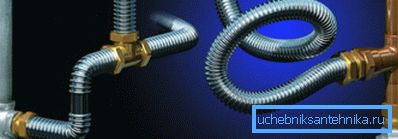
Material Features
First of all, our instructions will consider the key features of steel products.
Let's start with their positive sides:
- Perhaps the main advantage of this material is that it freely transfers very high temperatures (for example, polypropylene begins to melt at 95 degrees). This factor allows you to use it when laying heating lines.
- Affordable price. More recently, steel elements were very expensive, but today the situation has changed due to the appearance of a large number of competitors in the market. Currently, for most consumers, cost plays a very important role in choosing.

Tip: Samples without corrosion protection 2-2.5 times cheaper, but they have a shorter service life.
- Highest mechanical strength. Such products can easily withstand any load. Steel products are several times more durable than cast iron, while they also have a lower weight.
Everything in this world has its drawbacks.
To have a complete understanding of a particular product, you should know them too:
- Rust. Over time, pipes that are used as plumbing pipes start to rust quickly. Of course, this is a very significant drawback.
Interesting: there is stainless steel, but it is much more expensive.
- The complexity of the installation of their own hands. If to compare with plastic products, the front of work looks more difficult and time consuming.
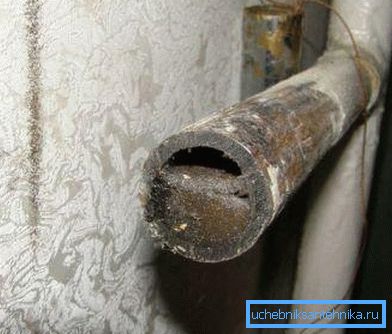
Variety of fittings
Now consider what are the fittings for stainless steel pipes. The whole wide range is usually divided into three groups, which we will tell you in detail.
Threaded
This is probably the most "ancient" variety, because people use a threaded connection for a single century. It should be noted that this technique, plus everything, also carries the highest efficiency. Even a few decades later, the connection will remain in good condition.
When using such fasteners, we recommend using the “old-fashioned” method - wind the linen soaked with linseed oil on the thread. This technique allows for maximum sealing. It is better not to use any kind of synthetic means, as they will flow, even with a slight reverse course of the thread.
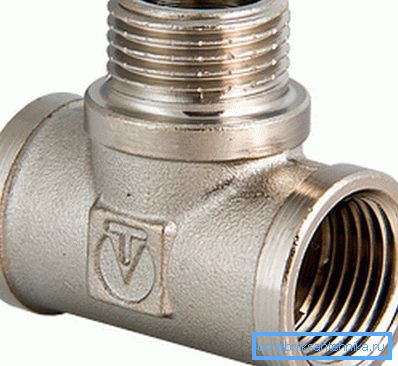
Such fastenings are made from such metals:
- Cast iron.
- Brass.
- Stainless steel.
The sizes of threaded fittings for steel pipes are limited - and can be no more than 5 cm in diameter. Therefore, for the construction of larger communications will have to use other types.
Flanged
This variety comes to the rescue when it comes to more impressive size. This part is made of steel or high-strength cast iron. Regarding the forms and functions is no different from the variety presented below.
The only difference is in the method of fastening - special flanges for pipes are used (most often are welded). Surely some people may wonder - why not just weld the pipes together. The fact is that almost always, various valves, valves, meters and other fittings that play an enormous role are used.

Crimp
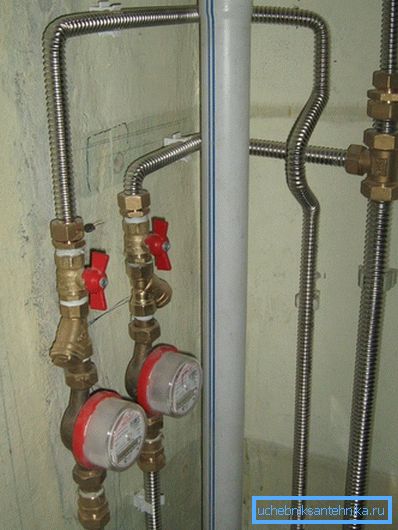
While these elements did not have time to win wide popularity, because they appeared relatively recently. According to the method of fastening, they are very similar to polyethylene couplings: a special nut goes into the thread, presses a special gasket to the fitting, which ensures high tightness.
Note! Crimp sleeves for pipes are designed for a working temperature of not more than 95 degrees due to the presence of rubber gaskets.
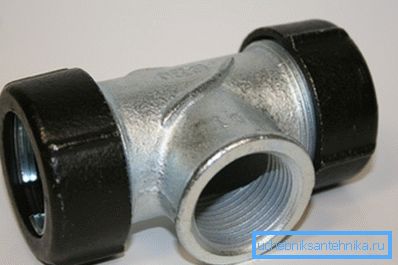
Form factors
Prior to this, we considered fittings for stainless pipes with respect to the connection method.
Now consider what they can have forms:
- Corner - used when changing the degree of laying the pipeline. They allow you to easily change the direction without resorting to welding.
- Straight lines - The most simple variety. Allows you to connect structures that are on the same line. Most often they are used in case of damage to sections of the line.
- Tees - an indispensable tool in cases where there is a need to connect three elements at once. At the same time they can be located at an angle of 45 or 90 degrees.
- Crosses - have four exits, each of which is located relative to the next at an angle of 90 degrees. They can only be crimp.
Conclusion
Well, that's all, it's time to complete our story. However, we thought about getting as much useful information as possible. In the presented video in this article you will find additional information on this topic, which will allow to understand all the intricacies.